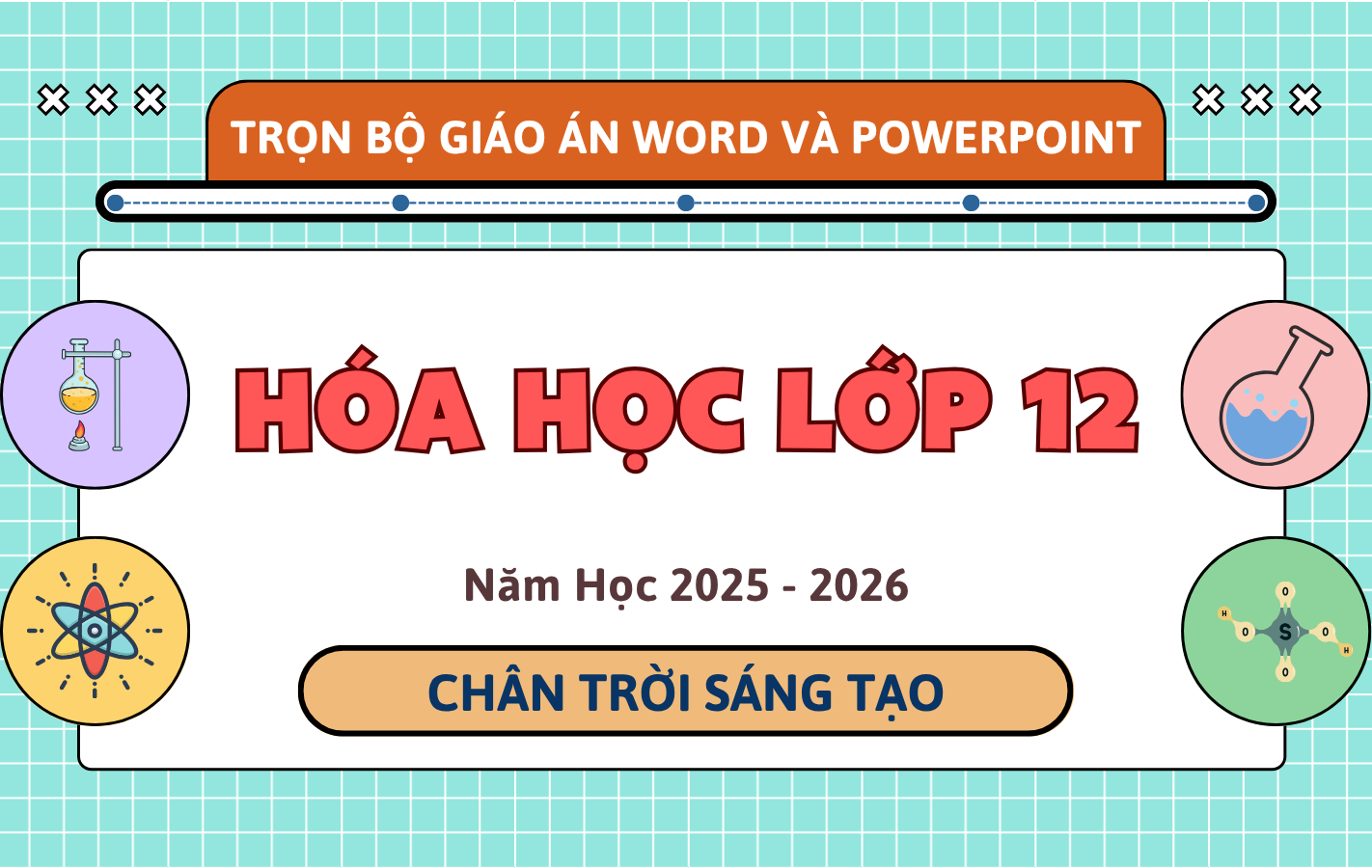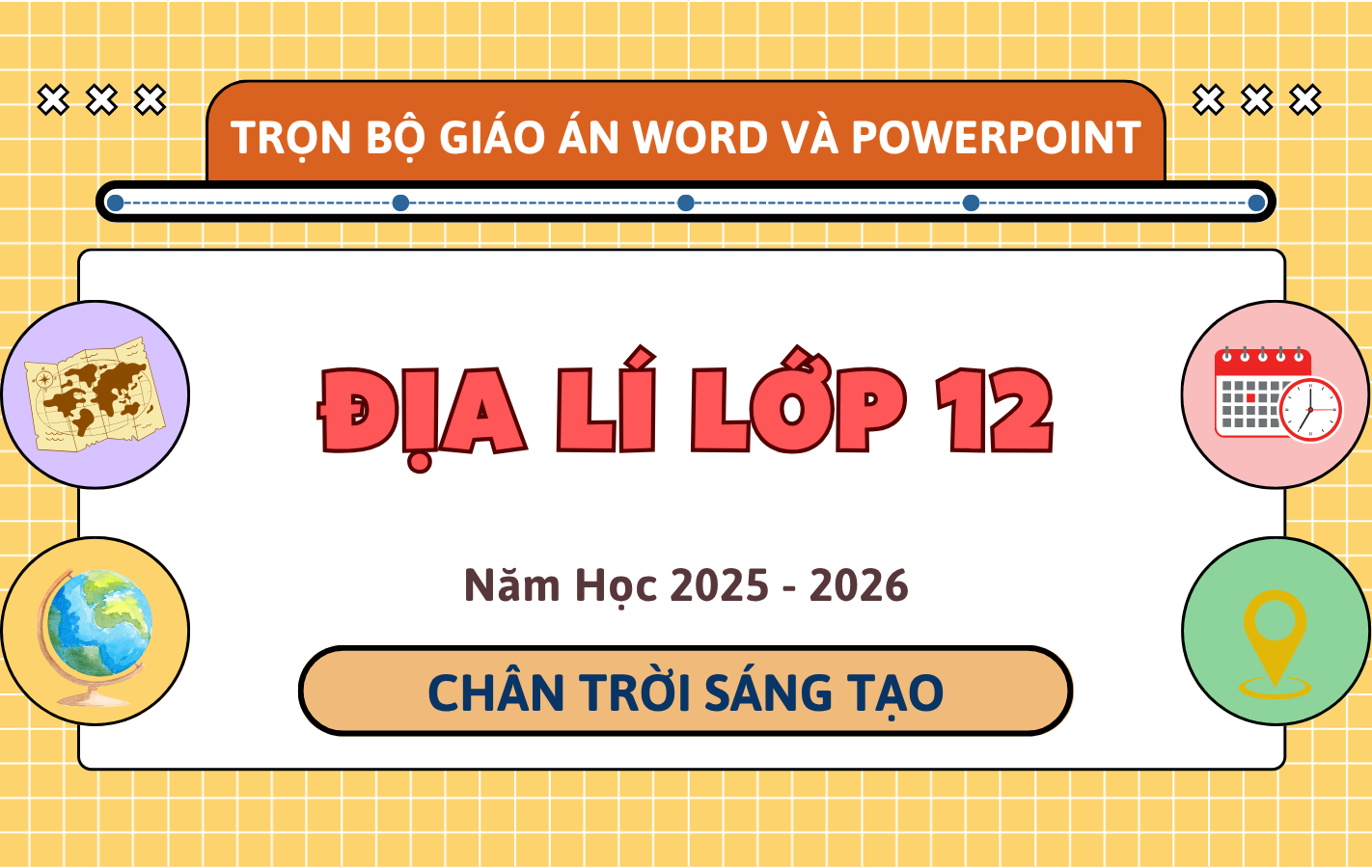Câu hỏi:
Read the following passage and choose the best answer to each of the following questions from 33 to 40.
1. Before global travel became more accessible and cultural architectural distinctions began to blur, each country had its own unique architectural style reflecting its heritage. Traditional buildings were unmistakable, such as the imposing columns of Greece and Rome, pagodas representing China and its Asian influence, and Federal-style architecture, which is a distinctly American design. These styles highlighted the diversity of cultures.
2. Globalization has significantly transformed architecture, diminishing the influence of individual cultures. Modern design has become the dominant approach, leading to a more standardized architectural style globally. Iconic structures like the BMW Welt in Germany, Guangzhou Opera House in China, and the City of Arts and Sciences in Spain, though in distinct countries, share similar design characteristics. Since the 20th century, contemporary styles have proliferated, reducing the cultural uniqueness of buildings.
3. While modern architectural trends are widespread, cultural influences continue to shape building designs. In certain cases, architecture directly reflects the cultural and natural environment of its location. For instance, the Vulcano Buono in Italy is designed to integrate with the landscape and evoke the nearby Mt. Vesuvius, symbolizing the region’s volcanic history. Likewise, the Cathedral of Northern Lights in Norway incorporates design elements inspired by the northern lights, aligning with the country’s cultural identity while maintaining a contemporary form.
4. Contemporary buildings are sometimes drawn directly from historical architecture. For instance, a holiday home in Zicatela, Mexico, blends modern design with elements of Aztec temples, giving it a distinct Mexican identity. In Tokyo, Japan's Skytree is inspired by the ancient Horyuji Pagoda, which has endured for centuries. Similarly, the Tianzi Hotel in China resembles three gods, and a Moscow house features Fabergé egg designs, linking the structures to their cultural histories.
In which paragraph does the author assert that a building’s design may accurately indicate its country of origin?
Đáp án đúng: D
Đáp án đúng là: D. Paragraph 1
Giải thích: Đoạn 1 khẳng định mỗi quốc gia có phong cách kiến trúc riêng “unmistakable” (cột Hy–La, pagoda Á Đông, Federal kiểu Mỹ), hàm ý nhìn thiết kế có thể nhận ra nguồn gốc quốc gia.
Câu hỏi này thuộc đề thi trắc nghiệm dưới đây, bấm vào Bắt đầu thi để làm toàn bài
Bộ Đề Kiểm Tra Giữa Học Kì I - Tiếng Anh 12 - Global Success - Bộ Đề 01 là tài liệu ôn luyện toàn diện cho học sinh lớp 12, bao gồm các bài tập trắc nghiệm, đọc hiểu và ngữ pháp. Đề thi kiểm tra kiến thức về từ vựng, cấu trúc ngữ pháp, và khả năng đọc hiểu văn bản. Bộ đề được thiết kế hợp lý, giúp học sinh củng cố kiến thức và chuẩn bị hiệu quả cho kỳ thi giữa học kì I.
Câu hỏi liên quan

Trọn Bộ Giáo Án Word & PowerPoint Tiếng Anh 12 – I-Learn Smart World – Năm Học 2025-2026

Trọn Bộ Giáo Án Word & PowerPoint Tiếng Anh 12 – Global Success – Năm Học 2025-2026

Trọn Bộ Giáo Án Word & PowerPoint Hóa Học 12 – Kết Nối Tri Thức – Năm Học 2025-2026

Trọn Bộ Giáo Án Word & PowerPoint Hóa Học 12 – Chân Trời Sáng Tạo – Năm Học 2025-2026

Trọn Bộ Giáo Án Word & PowerPoint Công Nghệ 12 – Kết Nối Tri Thức – Năm Học 2025-2026
